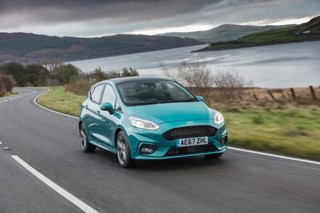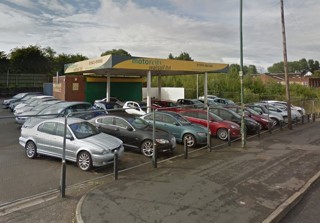There is more to replenishing used stock than simply ‘filling space’ – there are differing and complex factors to consider, such as region, manufacturer, value and popularity.
Although the day-to-day running of the modern-day showroom varies greatly from business to business, many companies provide research and data that promise to get the best from dealership processes.
Tim Marriott, trade solution director at Auto Trader, believes improvements are now accessible by using the right tools.
“Dealers have been forced to rely on past experience and gut feeling to monitor stock performance, since tools for easy monitoring haven’t been available. This is now changing,” he said.
Philip Nothard, editor of CAP’s Black Book and AM columnist, agreed about the impact of data: “Dealers are becoming increasingly analytical in their approach to defining stock profiles, especially with the dynamic products available that can identify the fluctuations in demand and market values, both in trade and in retail.”
Of course, many manufacturer approved used car programmes now dictate to franchisees that minimum levels of certain core used models from the brand must be available on the forecourt. However, systems currently available, and the data within them, mean that a dealership’s management can tailor its stock holding more accurately for optimum profit. Dealers can now see which cars are attracting most demand regionally, which are selling quickly, and which may provide the best profit per unit. All three may not necessarily relate to the same cars, so the dealer may need to prioritise depending on their stocking policy.
Why faster used car stock turn equals higher profits
The faster a car is sold on profitably, the better for the dealership’s overall financial performance, AutoTrader market research director Nick King told delegates at the recent AM Used Car Market Conference: “The quicker you turn your stock, the likelihood of a healthy profit is increased.”
Many dealers say they aim to turn stock every 30 days, but the national average is 55 days from stock acquisition to sale, according to Auto Trader’s research. For every week a car is still on the forecourt after that initial 30 days, it could be losing £100.
King cited a theoretical example of a dealership with a 20-car forecourt. With an expectation of buying each car and selling it in 60 days to make £1,000 profit, that stock turn of six times per year would generate £120,000 profit.
However, if the dealership lowered the selling price slightly to align its cars with the “sweet spot” of the market price for each model, expected £850 profit per unit and aimed to buy and sell each car in 40 days, that same dealership would turn its stock nine times per year and generate £153,000 annual profit. That’s £33,000 extra profit in the same period.


















David Derbyshire - 15/12/2014 14:43
Whilst I cannot argue the point it is speculative. If the dealership reduced the price by a further £150 and turned the stock 12 times per year the profit would increase even more.I believe your statement offers no more than the basis for discussion, in this you have succeeded